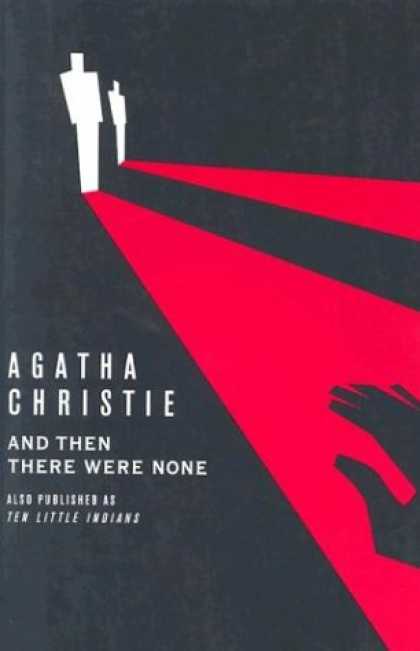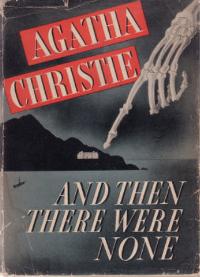
CHAPTER V
Mini-Lesson: Summaries vs. Controlled ResponsesA common mistake young student writers make is summarizing instead of selectively picking and choosing their information. For example, a student might be asked to respond to the prompt "What made the big bad wolf a serious, threatening villain?" Inexperienced writers might write something like this:
"The Big, Bad Wolf was a serious, threatening villain. When the three pigs built their houses, they all built them out of different things. One used straw, another sticks, and yet another bricks. The wolf came along and he was able to blow the first two houses down and scared those pigs so they ran as fast as they could over to their brother's house. He had the brick one. So the wolf tried to blow down the house but couldn't. He then went down the chimney only to get burned in the fire and ran away. That's why he was a serious, threatening villain."
GRADE = C +
Teachers see this well-intentioned mistake all the time. Clearly what was written is true -- there's no denying it.
But what was written didn't
directly address the prompt in an
organized,
controlled and
precise manner. What was written was a summary. If one were to outline it, it would look something like this:
- Topic Sentence (BBW = serious, threatening villain)
- Beginning of story
- Middle of story
- End of story
- Conclusion (restate Topic Sentence)
While that's a great outline for a summary, it's a very weak outline for making a point. The young author assumed that the reader would "know what I mean." The author felt that the facts spoke for themselves, when unfortunately they don't.
Imagine if a legal defense team didn't highlight critical points for their case, but instead just told the jury a summary of what they thought happened. They'd lose the case.
To win you need to focus and develop important details that support your main point. A successful writer needs to connect the dots for the reader. They also need to leave out much of the story information and instead choose
only those elements that directly address and answer the question.
Think of it as finding three key points, then supporting them with the 4ESSD model described in the previous lesson. Compare the above response to this one:
"The Big, Bad Wolf was a serious, threatening villain. He was relentless as he pursued the first two pigs without giving up. Even after he couldn't blow down the brick house, he didn't quit. He even tried climbing down their chimney. The Wolf also had amazing powers. Most animals would be incapable of blowing down any physical structure with just their breath, even if they were made of straw or sticks. He blew two entire houses down! Finally, the villain was a predator, with long fangs and claws. To a little pig this would be terrifying, as they are beneath him on the food chain. That's why he was a serious, threatening villain."
GRADE = A -
Notice how elements of the plot are pulled out and described so that they support three key points. The response above could have been outlined like this:
- Topic Sentence (BBW = serious, threatening villain)
- POINT A - He's relentless
- Evidence he's relentless
- POINT B - He's got powers
- Example of how he's got powers
- POINT C - He's terrifying
- Specific Detail of how he's terrifying
- Conclusion (restatement of Topic Sentence)
This also is less work, because the student writer didn't waste valuable time and energy writing down details that failed to address the prompt. Many students make this mistake because they are desperately attempting to "cover all their bases" in order to give the grader what they are looking for.
Work smart, not hard. Be focused, not desperate.But wait a minute. What happened to what was said earlier about how important it is to be thorough? I thought it was better to have too much, as opposed to not enough.
That's still true. This is not to say that the above response couldn't have been longer. It could have. But only if it continued to expand on the 4ESSD -- as opposed to wandering off track. If the writer dumps all the information he or she can think of, without any organization or focus, it will be like being asked to grill a steak and someone cooking the entire menu. Better to have a great steak that was cooked with meticulous attention to every detail.
Remember, unless the question says "summarize," don't make the mistake of just rehashing what you know happened. It's poor form and you can do better than that. Instead you'd be better served to narrow, control, and support your ideas.
Okay. Here we go...
_____________________________________________
ASSIGNMENTS
Vocabulary Words:
pious
rancor (or rancour in British English)
asphyxiation
inert
brusque (or brusquely)
Journal Prompts:
1. EXPLORING MORTAL FEAR. Vera fears for her own life. What kinds of behaviors, emotions, or ways of coping do people express when they realize that they might die at any moment? How might it change people's personalities? Is it possible to face eminent death in a positive way? Would most people do so? Finally, if you knew you were in very real danger, how might you react?
(two to three paragraphs)2. WHAT THE HECK DOES THAT MEAN? When you come across a word or a reference that is unfamiliar, how do you handle it? Be honest. What are the benefits of using this strategy? What are the consequences of using this strategy? Can you use this strategy all the time, or only sometimes? Explain your reasoning.
(one to two paragraphs)3. FEEDBACK SURVEY. As someone who strives to be a most excellent teacher, I would love to get a sense of where you all are as a class. Please click the link below and take the survey
one time only. Any more than one response each will ruin the data.
Link is
HERE.4. SELF FEEDBACK.
A. Write one strength - an area you feel good about how well you can do this kind of schoolwork.
B. Write one challenge - an area you believe you can improve at doing this kind of schoolwork.
C. Write the name of one person you can go to for support if you get stuck on this unit.
D. Write the name of one person you can give support to if they get stuck on this unit.
(four sentences)5. ATTWN MASH UP. If you were to take the And Then There Were None story template and translate it into another setting with different characters, what would the story be like?
It could be another fictional world (like Harry Potter, Glee, or the X-Men), or maybe it could be something non-fiction (like your school, your track team, or American Idol. ) You decide.
Who would be the suspects? Where would they be isolated? How would the poem go (Ten Little Wizards? Ten little Gleeks?) How would the story be different or the same?
This should be a fun assignment, so be creative and let your imagination run wild!
Just don't offend anyone (especially your teachers and your friends).
(as long as you want, minimum one paragraph)
































